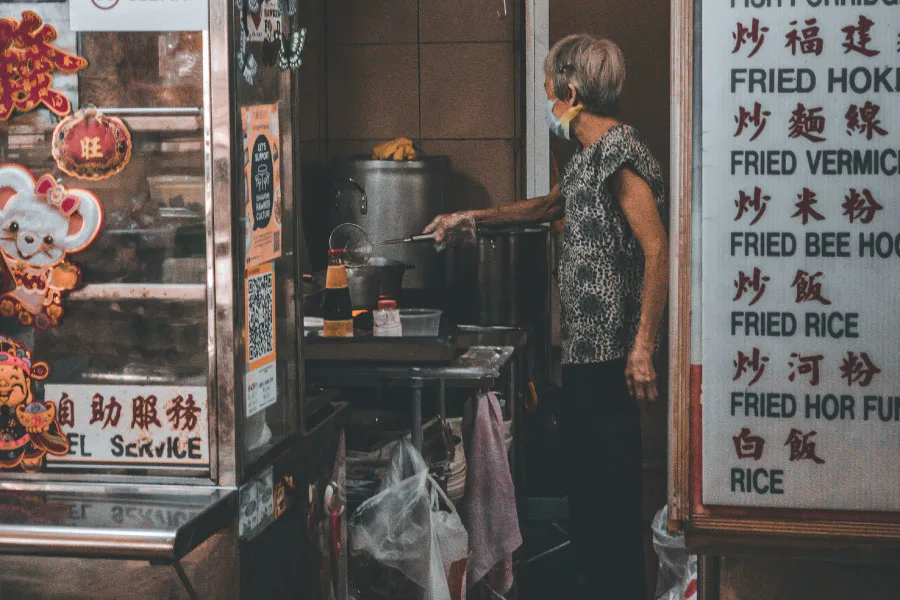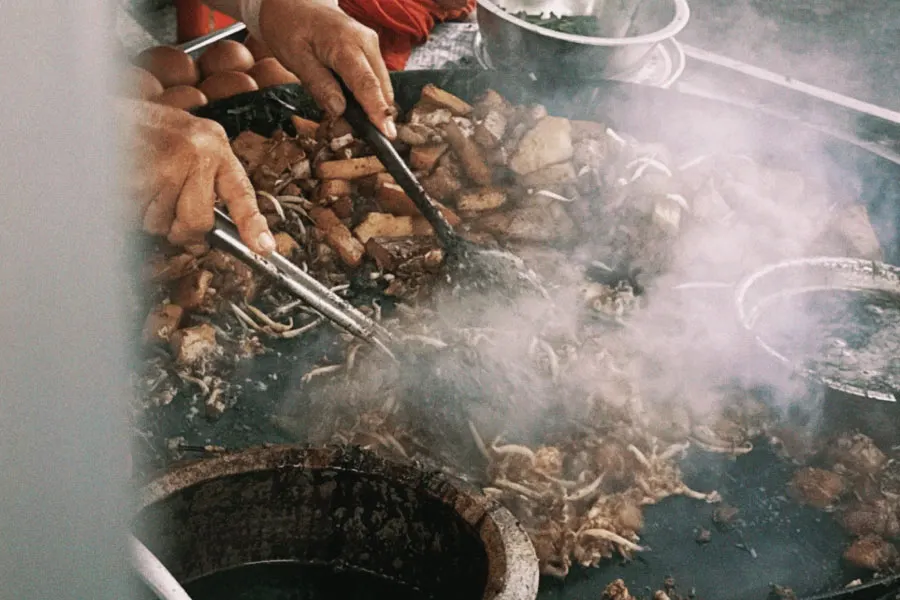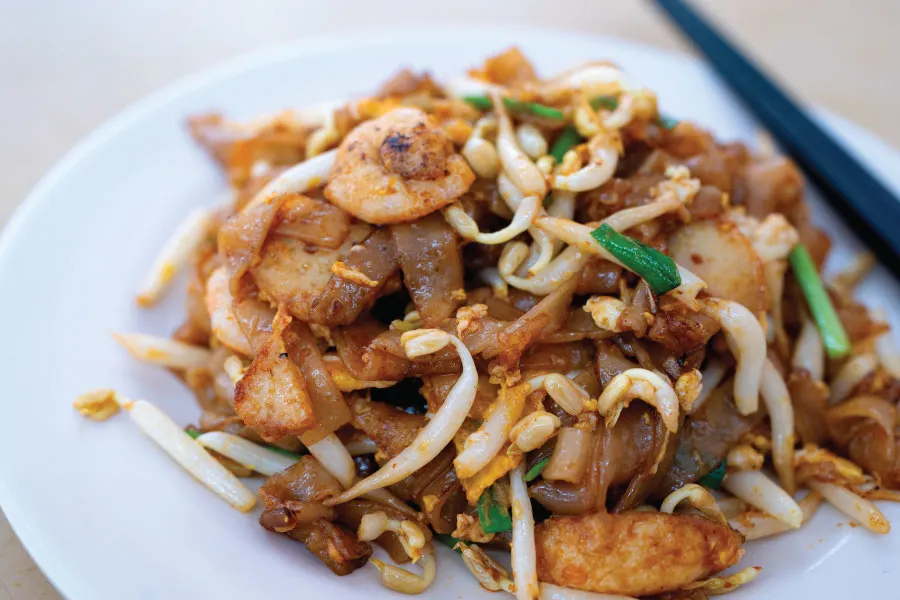Street food has always been more than just a quick and affordable meal. In Southeast Asia and beyond, it is the heartbeat of local culture, an expression of community, and a living archive of culinary heritage. Yet, despite its significance, street food often struggles to be valued in the same way as restaurant dining. It’s time we give street food the respect it truly deserves.
Street Food as Cultural Heritage
Every bowl of noodles, skewer of satay, or packet of nasi lemak from a roadside stall carries generations of tradition. Recipes are passed down through families, sometimes unchanged for decades, preserving flavours that tell stories of migration, trade, and survival. In Penang, for example, hawker food reflects Chinese, Indian, and Malay influences — a melting pot you can literally taste. Respecting street food means recognizing it as living heritage, not just “cheap eats.”
The Skill and Craft Behind the Stalls
Preparing street food is no easy task. Many hawkers start work before dawn, sourcing ingredients, prepping fresh herbs, or simmering broths that take hours to perfect. Techniques are honed through years of practice: frying char kway teow with the perfect “wok hei” or hand-pulling dough for roti canai. This level of dedication rivals — and often surpasses — that of many professional kitchens. Street food deserves to be celebrated for its craftsmanship.
Street Food and Accessibility
Unlike fine dining, street food brings delicious, high-quality meals to the masses at affordable prices. It’s food democracy in action — where a student, a taxi driver, and a business executive can all sit side by side enjoying the same plate. This accessibility makes it one of the most powerful equalizers in food culture. Respecting street food means valuing its role in ensuring everyone has access to good, nourishing meals.
Economic and Social Impact
Street food vendors are often small business owners who contribute to local economies and livelihoods. Hawker centers and roadside stalls attract not only locals but also tourists, driving foot traffic and fueling the hospitality industry. A city without its street food would lose much of its character and charm. Supporting street food is also supporting entrepreneurship and community resilience.
The Future of Street Food
Street food faces challenges — from rising costs and urban development to generational gaps, as fewer young people take up the trade. By showing more respect, documenting recipes, and supporting hawkers, we can help ensure street food thrives for future generations. This means more than just eating; it means advocating for better infrastructure, hygiene standards, and recognition for hawkers as cultural custodians.
Respect on a Plate
Street food deserves more than a passing glance on our social media feeds. It is history, culture, skill, and community all rolled into one. The next time you enjoy a steaming bowl of laksa, a smoky plate of satay, or a freshly wrapped banana leaf parcel, remember — you’re not just eating a meal. You’re tasting a story that deserves to be honoured.





